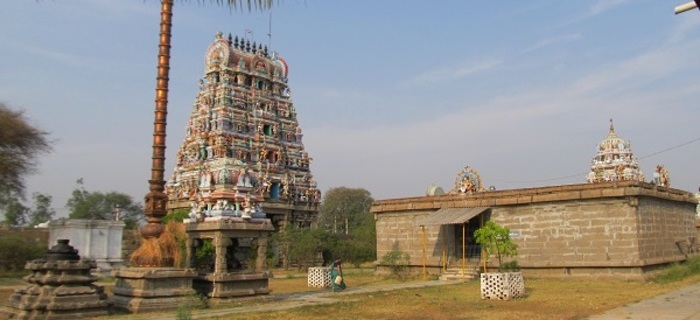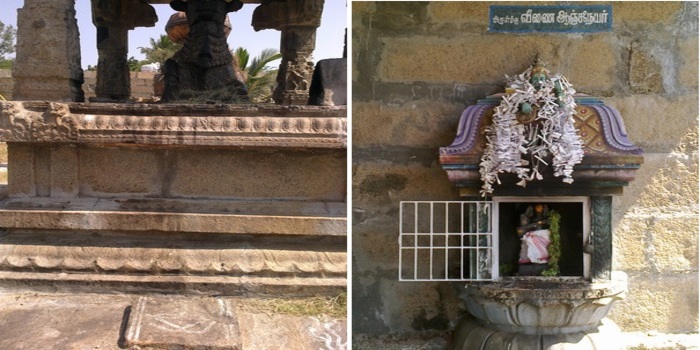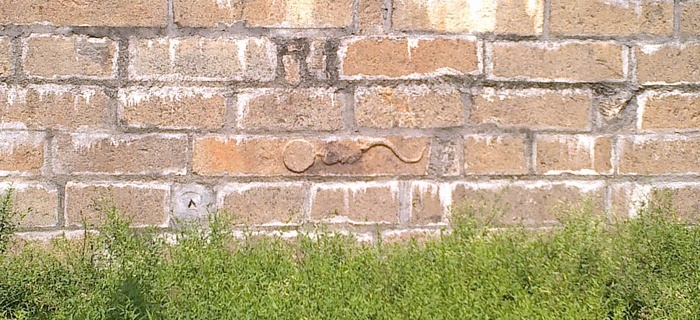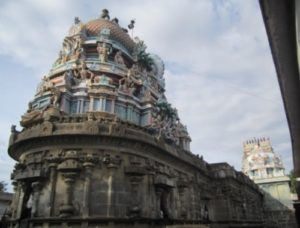| |

A Moola Nakshathira Temple – Sri Pushpa Kujambal Sametha Singheeshwarar Temple !!
Moola Nakshathira !! This is considered as one of the controversial Nakshatras among all the other 27 Nakshatras. There are lots of adverse sayings related to the people who are born on Moola Nakshathira. But trust me, it’s all not at all a matter of fact as there is no proof in the traditional astrology. People who are born on Moola Nakshathira are known for their leadership qualities. They would be more sincere in their work and have a good sense of humor. Though they will have a happy married life, they might often have health issues. In order to get rid of all the ill effects of the planetary positions, they are advised to visit the temple that is dedicated for their Nakshathira at least once in a year.
The temple that is associated with the Moola Nakshathira is Sri Pushpa Kujambal Sametha Singheeshwarar Temple located in a place called Mappedu near Chennai City. The main God of this temple is Lord Shiva. This temple was built by the King Adithya Karikala Cholan II (It’s a well-known fact that he is the elder brother of the famous Chola King Rajaraja Chola who built the Thanjavur Big Temple). Later during the reign of Krishnadevaraya, his viceroy Dalavai Ariyanadha Mudaliar used his influence and built the Rajagopuram (Main Tower), Compound wall and 16 Pillar Mandap in the year 1501.
As per the Sthala Purana, this is the place where Nandi worshiped Lord Shiva. As we all know, Nandi Devar is in the form a Bull (Rishabam). But apart from Nandi Devar, we have many other Devas who are in the form of Rishabam. Singhi is one such devar. Once Lord Shiva was performing ‘Thandavam’ (Dance Performance) at Thiruvalangadu (One of the 5 Sabhas related to Shiva Dance). At that time, Singhi was playing Mirudhangam. He was so much involved in the Thala- Layam of the instrument and so he missed to see the dance performance of the Lord. He then begged the Lord to dance for him again so that he could enjoy it. Being impressed by the prayers of Singhi, Lord Shiva asked him to go to Meippedu and worship Him. As per the instructions of Lord Shiva, Singhi Devar worshiped Lord Shiva in this place. Later Lord Shiva performed dance again. Since Singhi worshiped here in this place, the place is named as Singheeshwaram and the Lord is named as Lord Singheeshwarar.
Goddess is known as Pushpa Kujambal or Poomalainayaki (names related to the fragrant flowers). So it is said that just like performing the Abishekams to the Goddess, performing flower decorations to Her is considered very special and auspicious in this temple. There is a strong faith among the people that if they light Ghee Lamps and offer their prayers to the Goddess, continuously for 42 weeks, all their wishes would be fulfilled.
In the Main Gopuram of Sri Singheeshwarar, we can notice the sculptures of Lord Shiva in the ‘Adalvallan’ and ‘Urthuva Thaandavam’ postures. Also, there is a separate sanctum for Lord Veera Balleshwarar (Shiva Linga) in the North East part of the temple. As in all the traditional Shiva temples, we have a Dwajastamba and a shrine for Nandi Deva. But the rare feature of this temple is that here is a stone named Nava Vyakarana Stone next to the Nandi shrine. It is believed that by praying to the Lord Veera Balleshwarar by standing on this stone, will help them to get cured of all the bone and joint related diseases.
Another significance of this temple is that there is a shrine for Lord Hanuman who graces His devotees by playing veena. Veena is considered as the most ancient and sacred musical instrument. It is said that Lord Hanuman plays the Amrutha Varshini Raaga using His Veena and so this place turned out to be a fertile place. Since Lord Hanuman is born on Moola Nakshathira, this temple is considered as more auspicious for Moola Starers. It is also to be noted that the birth star of the Goddess Saraswathi is also Moola. As per the Hindu Mythology, it is believed that the Goddess Saraswathi wrote the Beejakshara on the tongue of Lord Hanuman with the help of Lotus Stem. It is also believed that this is the reason why Hanuman has the greater ability of knowledge, speech, and wisdom. So, it is advised that people can pray in this temple wholeheartedly for gaining excellence in education, speech, and music.
Next, this temple is known as a Parihara Sthala. In any Parihara Temple, there will a symbol on the outer wall indicating a snake and the moon. We can find this symbol in this temple as well. Hence this temple is considered as a Parihara Sthalam.
Stay tuned for the next Nakshathira Pooradam !!






